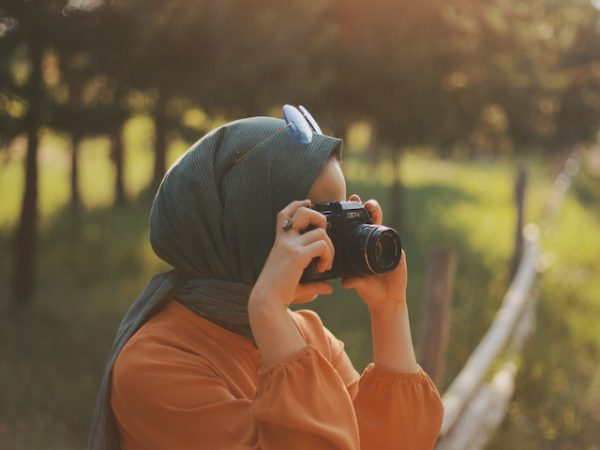Artificial Intelligence (AI) is rapidly transforming the world we live in, and the field of art and creativity is no exception. With the help of intelligent algorithms and deep learning techniques, AI can now generate images that blur the line between human and machine creativity. In this blog post,AI Picture Generators we will explore the fascinating world of picture generators and their potential to unleash creativity like never before.
What are AI Picture Generators?
AI picture generators, also known as generative models or neural networks, are algorithms that can generate new images from a given dataset. They use deep learning techniques, such as Generative Adversarial Networks (GANs), to learn the underlying patterns and features of a dataset and generate new, novel images that resemble the original data. These algorithms can be trained on a variety of datasets, including photographs, artworks, and sketches, to generate new images that range from realistic to abstract.
How do they work?
AI picture generators work by using two neural networks: a generator and a discriminator. The generator network creates new images that resemble the original dataset, while the discriminator network tries to distinguish between the generated images and the original data. Through a process of training and feedback, the generator network learns to create images that can fool the discriminator network, resulting in new and novel images that match the original dataset.
What are their Applications?
AI picture generators have a wide range of applications in the field of art and creativity. They can be used to create realistic images of objects, scenes, and people, as well as generate surreal and abstract images that defy human imagination. Some of the most popular applications of AI picture generators include:
- Artistic and creative expression: Artists and designers can use AI picture generators as a source of inspiration to create new artworks and generate innovative designs.
- Image and video editing: AI picture generators can be used to create realistic images and animations of objects and scenes, as well as generate special effects and filters for image and video editing.
- Data visualization: AI picture generators can be used to visualize complex data sets, making it easier for researchers and scientists to understand and communicate their findings.
- Gaming and virtual reality: AI picture generators can be used to create realistic and immersive environments for gaming and virtual reality applications.
Challenges and Opportunities
While AI picture generators offer exciting possibilities for unleashing creativity, they also pose some challenges and ethical concerns. One of the main challenges is the lack of control over the generated images, which could potentially lead to the creation of inappropriate or offensive content. Another challenge is the potential to perpetuate biases and stereotypes that are present in the original dataset. However, these challenges can also be seen as opportunities for further research and development of ethical and responsible AI systems.
Conclusion
AI picture generators have the potential to revolutionize the way we think about creativity and art. By combining human imagination and machine learning algorithms, we can create new and novel images that were previously unimagined. As AI technology continues to advance, we can expect to see even more exciting possibilities for the creative applications of AI picture generators
